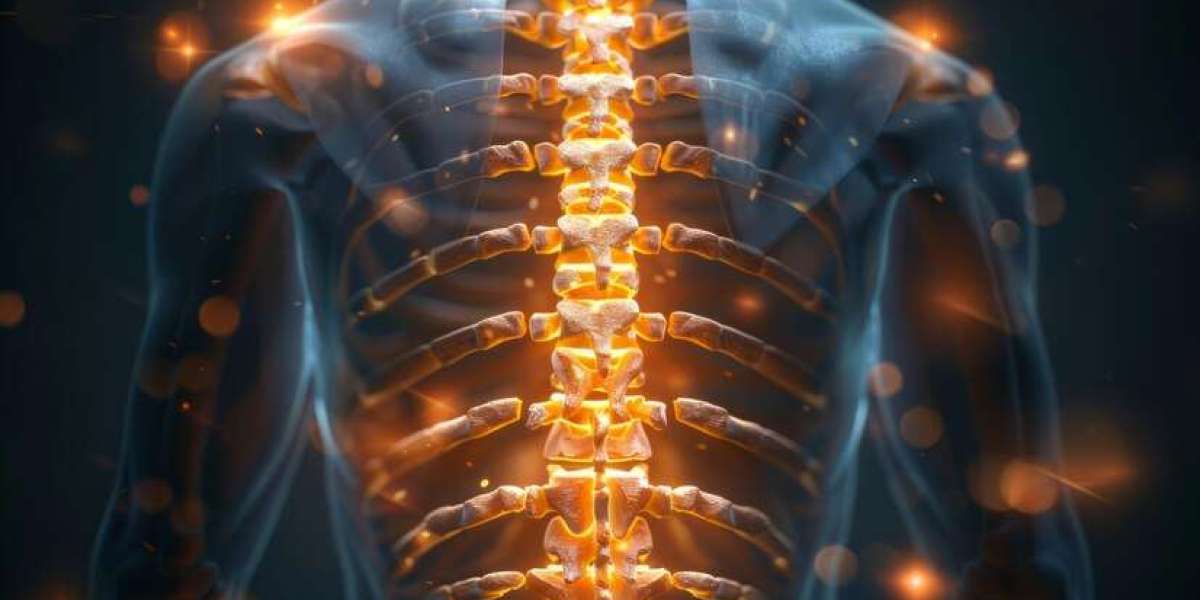The medical disorder known as Spondylolysis or Spondylolisthesis leads to instability in the spine, causing the vertebrae to move more than they should. A vertebra slides onto the vertebra underneath it out of alignment. A person's quality of life may be negatively impacted by this displacement, which may exert pressure on a nerve and cause several symptoms and consequences. Around 4% to 6% of adults suffer from Spondylolisthesis. Given that symptoms may not always be present, it is possible to have Spondylolisthesis for years without realising it. Although it is a painful disease, the majority of cases may be treated. Both therapeutic and surgical techniques can be employed. Proper workout practices can assist you in preventing the development of this medical condition.
Spondylolisthesis symptoms might change depending on how severe the problem is and how much nerve compression occurs. Lower back pain, which can sometimes radiate to the thighs and buttocks, is one of the most typical symptoms. Certain actions, like twisting or bending, might make the pain more extensive, and it can get worse with time. Additionally, patients may feel soreness and stiffness in the afflicted muscles. In more extreme situations, Spondylolisthesis can result in nerve compression, which can produce sciatica symptoms, which include pain, tingling, or numbness that travels down the legs. In rare cases, nerve compression can also cause bladder or bowel problems, as well as paralysis or trouble walking.
The development of Spondylolisthesis can be caused by a number of reasons.
- Spondylolisthesis can also arise as a result of age-related degenerative changes, such as disc degeneration and facet joint arthritis.
- An athlete who participates in sports like football, weightlifting, or gymnastics is more likely to suffer from fractures due to repetitive strain or damage to the spine.
- Congenital abnormalities of the spine, such as dysplasia, a flaw in the vertebrae, can weaken the spinal components and increase the chance of sliding.
- In the Pars Interarticularis, a tiny bone section which connects the vertebrae's facet joints, stress fractures are a prevalent reason for this.
The goals of Spondylolisthesis treatment are to reduce pain, realign the spine, and stop the vertebrae from slipping further. To meet each patient's specific demands, a multidisciplinary approach is frequently preferred at QI Spine Clinic. Physical therapy, over-the-counter Nonsteroidal Anti-Inflammatory Drugs (NSAIDs), steroid injections, and bracing are examples of non-surgical therapies. If you have a high-grade Spondylolisthesis, the pain is severe, or nonsurgical treatments have not worked for you, you may require surgery.
Spinal decompression, with or without fusion, is a common surgical procedure for treating Spondylolisthesis-related back pain. In a decompression procedure, the spine's disk and bone are removed by the surgeon. Pain is reduced by this process, which creates room for the nerves inside the spinal canal. The two damaged vertebrae are fused together by the doctor during a fusion procedure. There will be no more mobility between the two vertebrae when they fuse together throughout the healing process. It is also possible to employ minimally invasive procedures to lessen surgical stress and speed up recovery. After recovering from Spondylolisthesis surgery, the pain usually goes away. You can gradually get back to your regular activities until you are able to move and function fully again.
Depending on the patient's health and medical background, our team of elite surgeons and experts at QI Spine Clinic recommends the best courses of action. We are among the top spine clinics in Mumbai since we have successfully treated many spondylolysis patients over the years with the assistance of our committed and experienced team.








